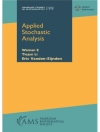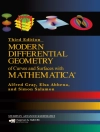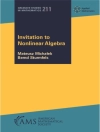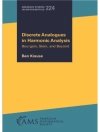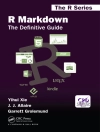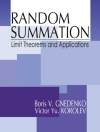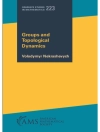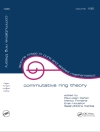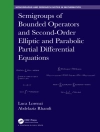The subject of this monograph is to describe orbits of slowly chaotic motion. The study of geodesic flow on the unit torus is motivated by the irrational rotation sequence, where the most outstanding result is the Kronecker–Weyl equidistribution theorem and its time-quantitative enhancements, including superuniformity. Another important result is the Khinchin density theorem on superdensity, a best possible form of time-quantitative density. The purpose of this monograph is to extend these classical time-quantitative results to some non-integrable flat dynamical systems.
The theory of dynamical systems is on the most part about the qualitative behavior of typical orbits and not about individual orbits. Thus, our study deviates from, and indeed is in complete contrast to, what is considered the mainstream research in dynamical systems. We establish non-trivial results concerning explicit individual orbits and describe their long-term behavior in a precise time-quantitative way. Our non-ergodic approach gives rise to a few new methods. These are based on a combination of ideas in combinatorics, number theory, geometry and linear algebra.
Approximately half of this monograph is devoted to a time-quantitative study of two concrete simple non-integrable flat dynamical systems. The first concerns billiard in the L-shape region which is equivalent to geodesic flow on the L-surface. The second concerns geodesic flow on the surface of the unit cube. In each, we give a complete description of time-quantitative equidistribution for every geodesic with a quadratic irrational slope.
Contents:
- Background and Notation
- Introduction
- The Eigenvalue-Based Shortline-Ancestor Method — Part I
- The Eigenvalue-Based Shortline-Ancestor Method — Part II
- More Linear Algebra in the Shortline-Ancestor Method
- An Eigenvalue-Free Version of the Shortline-Ancestor Method
- Beyond Polysquares: More Applications of the Method
- Geodesic Flow on the Cube Surface and Representation Theory
Readership: Graduate students, academics and researchers in mathematics as well as libraries in universities and research institutes.
Key Features:
- Very little is known about non-integrable dynamical systems, a subject on the borderline of mathematics and physics. This is an attempt to give a first coherent description of a new and extremely exciting aspect of this subject
- This is a book on some flat dynamical systems which can be read without any background of ergodic theory
- The only technical requirement is a basic understanding of some basic linear algebra and elementary number theory
- The authors take great care in introducing the ideas at a leisurely pace, and often explain the main ideas by studying some examples
- The ideas are further illustrated by over 200 figures
- The book is accessible to a beginning graduate student as well as any interested experienced researcher


